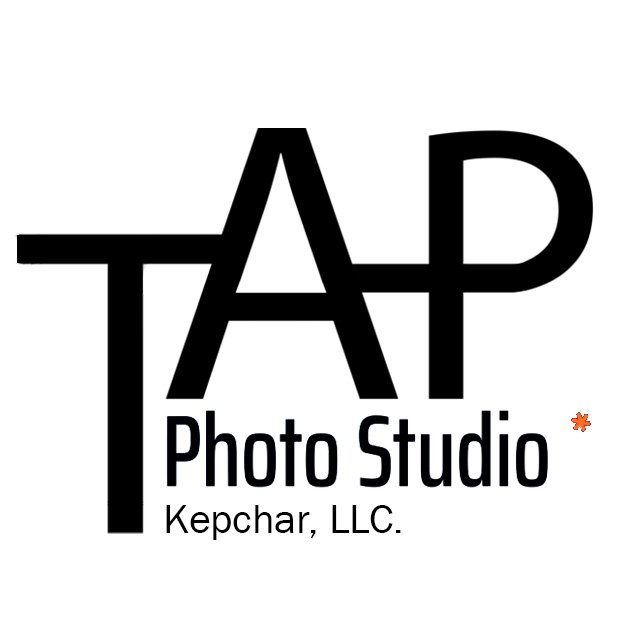For several years I (Merryn) took a portrait painting class through Art Alliance of Greensboro taught by the highly acclaimed portrait painter Tom Edgerton. Tom is the kind of Art teacher that has answers and a formula for art. The kind of teacher many students pine for when they can't bear the teacher's vague, rambling answer on the shadows of post-impressionism in a post-modern world, when all they asked was what kind of pencil they should buy. I loved my teachers that waded through the obscura of existence as they tried to make you answer difficult questions about the meaning of form and beauty through your work, but there are many kinds of art teachers (and believe me I have had more than a few on the way to my BFA). Here I want to talk about what I learned from a much more direct teacher and then to reflect on the ways that his portrait painting guidelines have informed my approach to traditional and digital art.
"Tom's rules": There are four main factors that guide the painting process, drawing, value, color and edges. The factors that define color are value, hue, saturation and temperature. Use these elements to make the viewer's eye go towards something by sharpening the edges, increasing the saturation or increasing the contrast. Make the viewer's eye move away from something by softening the edges, decreasing the saturation or decreasing the contrast. Changing the contrast is the strongest of these tools as value, the measure of lightness or darkness, is so crucial to effective, beautiful and professional looking work. Understanding how to control edges was one of the most challenging things for me but don't be afraid to get in there and mush things around, it's one of the most rewarding things about oil painting and can be accomplished digitally as well.
There are a million things to be said about drawing but it is true that repetition and practice is the best way to improve. Beyond that there are several visual aids that can help you get going. The thing is to start big and general and avoid jumping into detail too quickly (seriously, don't start with any details!), look for the major shapes and relationships first. Use angles and how they are created by positive and negative space. Use the longest straight lines you can to begin with. Don't chicken scratch your way from point A to B, find main directional lines and define smaller plane changes and details later. Use mapping to identify where these details should later be placed with crosses, tic marks or other descriptive visual cues that make sense to you. These are easy to play around with and to move as you continue to find where the pieces fit in relationship to one another. Use plumb lines, vertical and horizontal lines, either drawn or imagined to further compare angles and relationships of objects in the scene. Similarly you can use grids to further accurately relate what you are drawing when working from life, or to further analyze composition when working from your imagination. This is very easily accomplished when working digitally.
The final ingredient is to get to know your colors and color temperatures(warm and cool) and color charts are one of the best ways to do this. I have many charts that i can quickly reference for color mixing and I use them all the time. Mixing a value scale for a single color, or mixing a single color with every other one you have (Richard Schmid style) will work wonders for understanding your use of paints and the ways colors and temperatures work. This information will help you understand the facets of color when you go to work in your digital palette too. When you begin a new work don't forget to ask yourself what is the value, what is the color, what is the temperature? Then start to lay down those large shapes that you have found. Build up your canvas like a quilt with patches of color, covering the entire canvas before any detail will help you see where small value shifts need to happen before you become sucked in by with details. A final note on the detail issue, sometimes Tom would push me to avoid detail until the last hour of work on a painting with 10 or so hours dedicated to it, so, seriously! This infuriates people, but your perfectly painted detail will never work if the whole isn't working too.
When it comes to the fine art world, there is definitely some stigma about technology. Painting from photographs for example, because of the ways that the camera can alter reality and the values the naked eye sees, can be more of an impediment for the artists who doesn't have a great mindfulness of what they are looking at. Computer monitors also replicate reality but screens and their resolutions vary greatly even between calibrated, professional monitors. For John and I this is a continuing source of education as we work to understand the relationship between digital, print and traditional art media. Working to translate my traditional art education background into the modern world or pixels has been a challenge, but I owe so much to Tom for putting these rules in my head and to all my art teachers that have taught me how to work no matter the media. So here's to the spectrum of art teachers and art!
Check out Tom's work here.



































